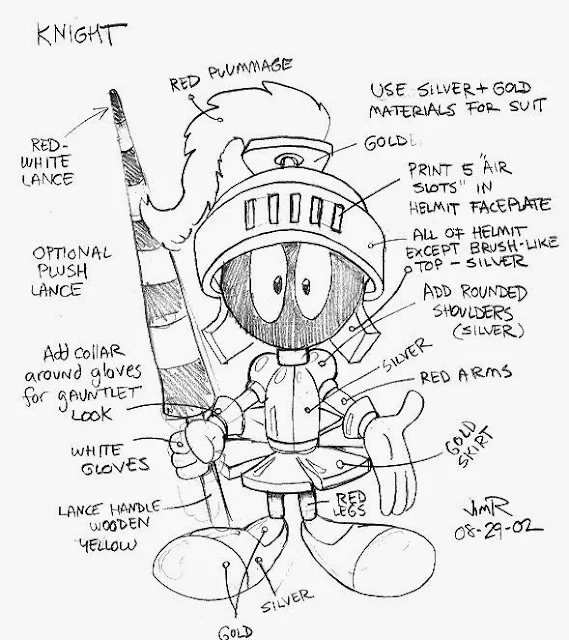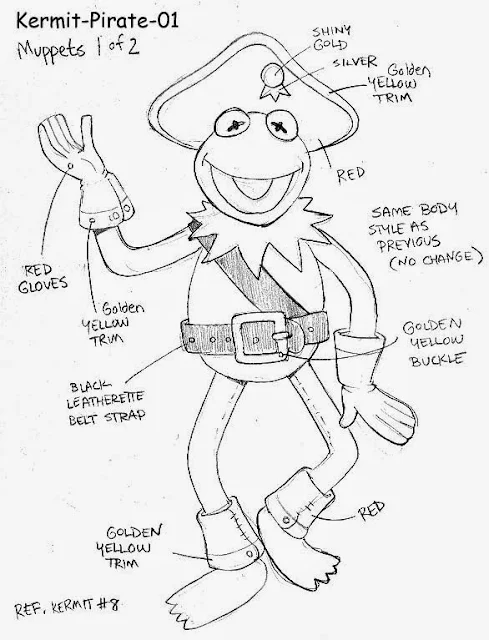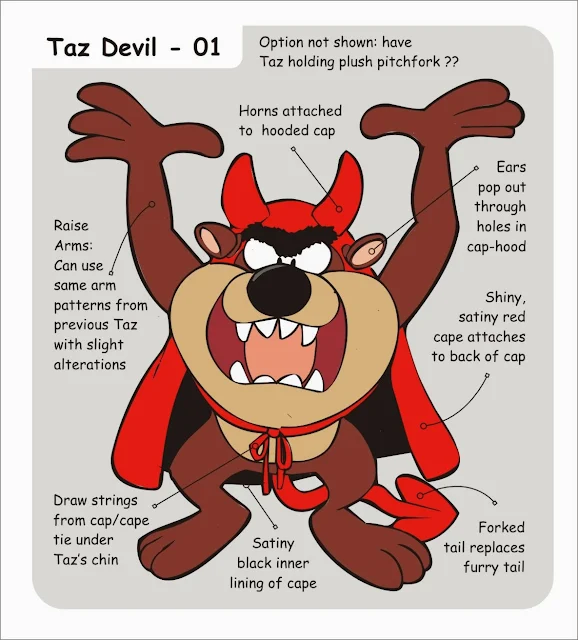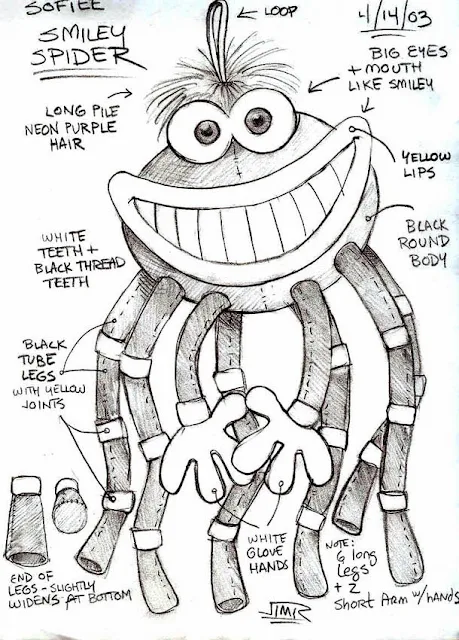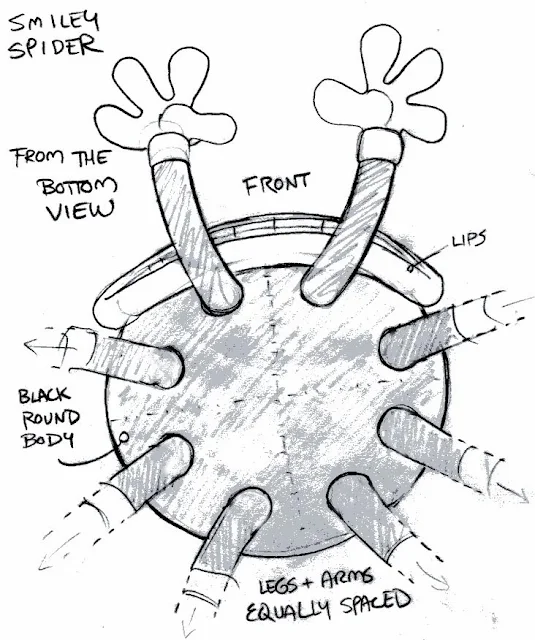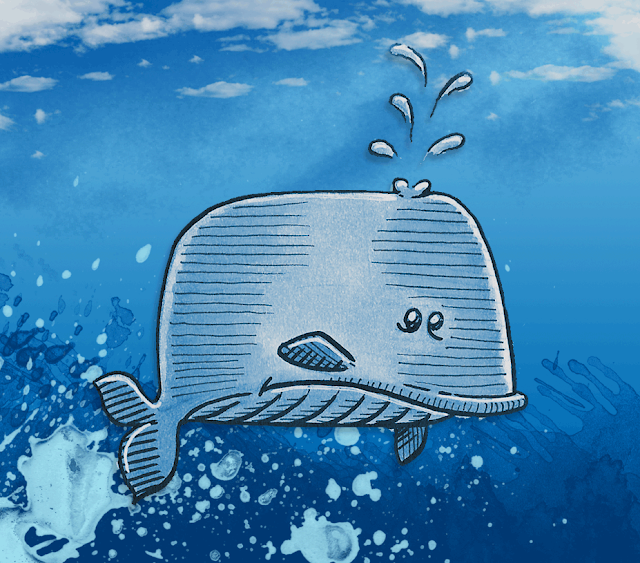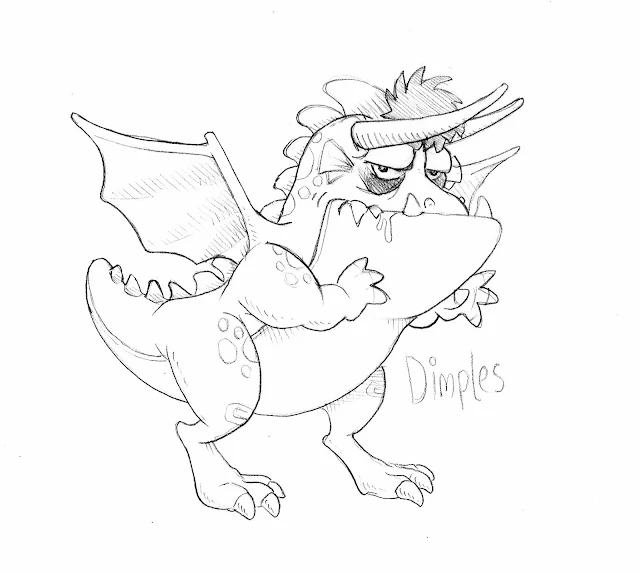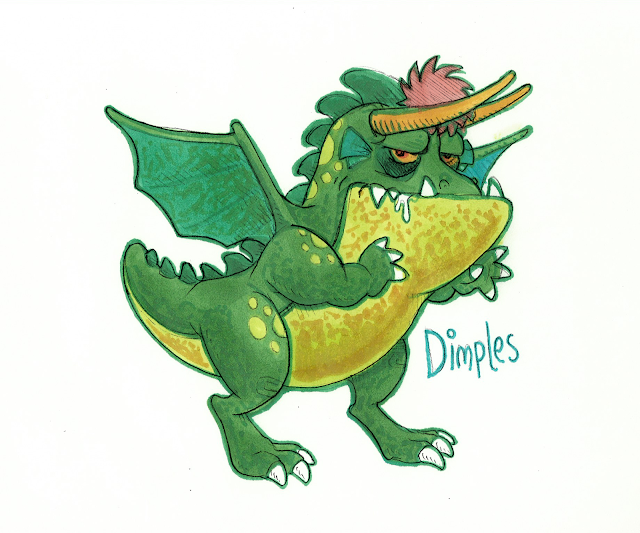Illustration Friday: Every Friday a word is given on the website, IllustrationFriday.com. Artists and illustrators then submit an image that represents that word all during the week.
This week's word: BEGINNING
Thought Process:
This took awhile. Nothing came to mind at first. Looking at the other submissions to the word, I saw many images related to Spring, babies and seeds. I didn't want to go that route. But still, I couldn't think of what to do.
So I thought, "Okay . . . how should I begin doing this image for the word BEGININNG?" And there was the answer . . . begin with the first pencil stroke.
I'm still a cartoonist first, so I didn't want to draw a realistic hand. I thought I'd try to do it in the style of Robert Crumb, using lots of cross-hatching and shaky lines. Once I finished the line work, I thought of toning the entire image with a sepia look using Photoshop.
This week's word: BEGINNING
Thought Process:
This took awhile. Nothing came to mind at first. Looking at the other submissions to the word, I saw many images related to Spring, babies and seeds. I didn't want to go that route. But still, I couldn't think of what to do. So I thought, "Okay . . . how should I begin doing this image for the word BEGININNG?" And there was the answer . . . begin with the first pencil stroke.
I'm still a cartoonist first, so I didn't want to draw a realistic hand. I thought I'd try to do it in the style of Robert Crumb, using lots of cross-hatching and shaky lines. Once I finished the line work, I thought of toning the entire image with a sepia look using Photoshop.




